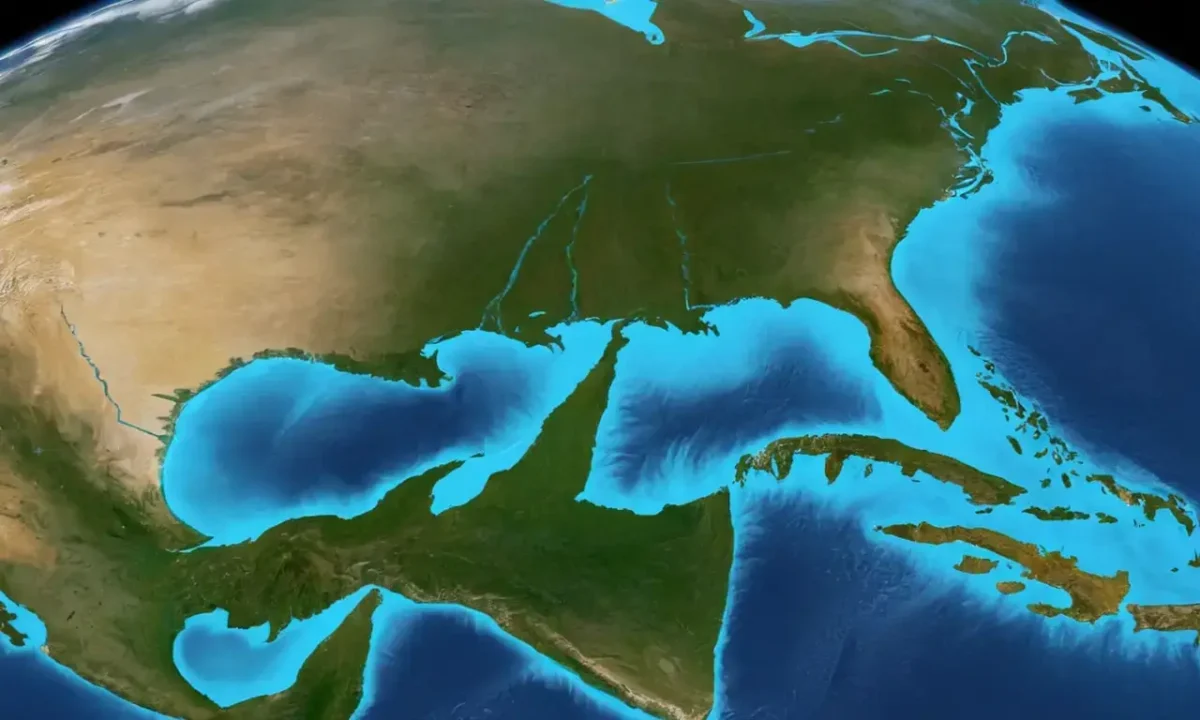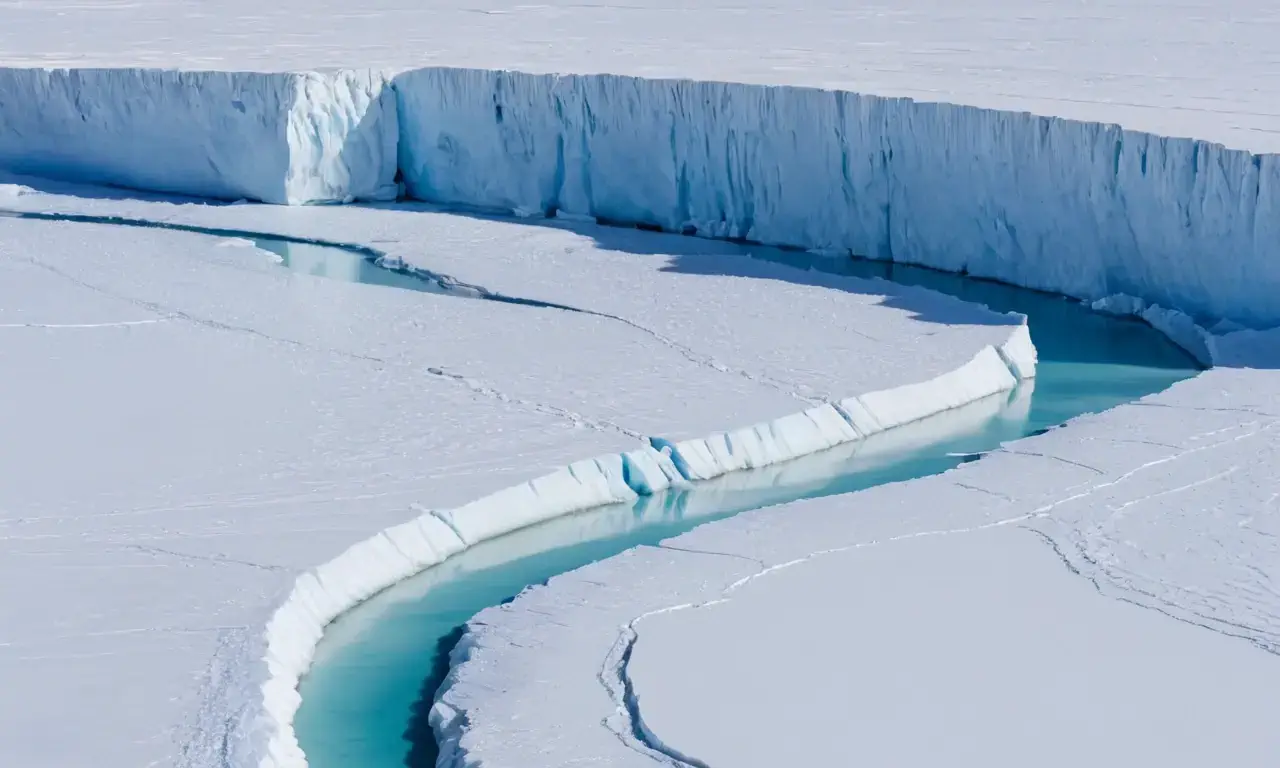
Canada's Lower Gravity: Ice Sheet Rebound & Mantle Convection

Gravity, a fundamental force that governs our everyday experiences, is not uniform across the globe. Variations in gravity can be attributed to various factors, including the Earth's internal structure and geological processes. This article delves into the intriguing phenomenon of lower gravity in Canada, specifically focusing on the role of the melting Laurentide Ice Sheet and mantle convection in shaping this anomaly. Understanding these forces provides valuable insights into our planet's history, climate change, and its impact on our lives.
The objective of this article is to provide a comprehensive explanation of how Hudson's Bay gravity arises from the interplay of ice sheet rebound and mantle convection. We will explore the scientific evidence supporting these theories, analyze their combined effect on Earth's gravitational field, and discuss the broader implications for our planet. By delving into these aspects, we aim to shed light on this fascinating phenomenon that continues to intrigue scientists and researchers alike.
Gravity Variations in Canada
Gravity is a fundamental force that attracts objects with mass towards each other. The Earth's gravity pulls us down, keeping us grounded. However, the Earth is not a uniform sphere; its gravitational pull varies slightly depending on location due to factors like mass distribution and atmospheric pressure. This variation can be measured using instruments called gravimeters, which record changes in local acceleration due to gravity.
Canada exhibits lower gravity than many other regions of the world. This phenomenon has been observed through various studies and is attributed to two primary factors: the rebound effect of the melting Laurentide Ice Sheet and convection currents within the Earth's mantle. These processes have significantly altered the Earth's crust, leading to a decrease in mass and consequently, gravity.
The Laurentide Ice Sheet Rebound
The Laurentide Ice Sheet was a massive ice sheet that covered much of North America during the last glacial period (approximately 100,000 years ago). As temperatures warmed, this ice sheet began to melt, causing significant changes in Earth's crustal structure. This process is known as glacial rebound.
During the retreat of the Laurentide Ice Sheet, the immense weight of the ice caused a depression in the Earth's crust. This depression resulted from the ice sheet's mass being concentrated over a relatively small area. As the ice melted and retreated, this pressure was released, causing the Earth's crust to rebound upwards.
This rebound effect has been observed through various geological studies and is supported by numerous measurements of land elevation changes. The magnitude of the rebound varies depending on location, with some areas experiencing more significant uplift than others. However, the overall effect of ice sheet melting contributes significantly to the lower gravity observed in regions like Hudson Bay.
Mantle Convection and Gravity
The Earth's mantle is a layer of hot, semi-solid rock that lies beneath the crust. This layer is constantly moving due to convection currents driven by heat from the Earth's core. These convection currents play a crucial role in shaping our planet's surface and influencing its internal structure.
Convection currents occur when hotter material rises towards the surface while cooler material sinks, creating a continuous cycle of movement. This process not only affects the Earth's tectonic plates but also influences the distribution of mass within the mantle. The interaction between these convection currents and the Earth's crust can lead to variations in gravity.
Evidence from GRACE Data

The Gravity Recovery and Mapping Experiment (GRACE) is a satellite mission that has provided invaluable data on Earth's gravitational field. This mission utilizes satellites equipped with highly sensitive instruments that measure changes in Earth's mass distribution over time. By analyzing these measurements, scientists have been able to map areas of significant mass loss and gain, including the melting of ice sheets.
GRACE data has played a crucial role in understanding the impact of glacial melt on global gravity variations. The mission has revealed that the melting of the Laurentide Ice Sheet is responsible for a significant decrease in Earth's mass, leading to lower gravity in regions where the ice sheet once covered vast areas. This evidence supports the theory of glacial rebound and its contribution to the observed gravitational anomaly.
Impact on Earth's Crust and Mass
The melting of the Laurentide Ice Sheet has had a profound impact on Earth's crustal structure. As the ice melted, it contributed to a significant decrease in the Earth's mass. This reduction in mass directly translates into a lower value of gravity at locations where the ice sheet once existed.
Furthermore, the melting of the ice sheet also affected the Earth's oceans. The water that was previously locked up in the ice sheet now flows freely, contributing to changes in ocean currents and sea levels. These changes have further impacted the distribution of mass on Earth, leading to variations in gravity across different regions.
Regional Gravitational Differences
The effects of glacial rebound and mantle convection are not limited to specific locations; they contribute to a broader pattern of gravitational variation across the globe. For example, areas near the poles experience lower gravity due to the combined effect of ice sheet melting and the Earth's rotation. This phenomenon is particularly noticeable in regions like Greenland and Antarctica, where significant ice sheets have melted over time.
In addition to these specific locations, other factors can also contribute to regional variations in gravity. These include tectonic activity, which can cause shifts in the Earth's crust, and volcanic eruptions, which release gases that alter atmospheric pressure. While these factors are not as directly linked to glacial rebound as ice sheet melting, they still play a role in shaping the Earth's gravitational field.
Scientific Significance of the Phenomenon
The phenomenon of lower gravity in Canada has significant scientific implications. It provides valuable insights into the Earth's geological history and its ongoing evolution. Studying these variations helps scientists understand how ice sheets have shaped our planet over millennia, while also providing clues about future climate change scenarios.
Furthermore, understanding the relationship between gravity and mass is crucial for various fields of study, including astronomy, physics, and geophysics. By studying gravitational anomalies, researchers can gain a deeper understanding of the Earth's internal structure and its role in shaping our planet's environment.
Climate Change and Its Connection to Gravity
Climate change is one of the most pressing issues facing humanity today. As global temperatures continue to rise due to human activities, the melting of ice sheets around the world is accelerating. This phenomenon has significant implications for both local and global environments.
One of the most notable impacts of climate change on gravity is the continued melting of the Laurentide Ice Sheet. As this ice sheet melts, it contributes to a decrease in Earth's mass, leading to lower gravity in regions where the ice once existed. This effect is expected to continue as temperatures continue to rise, potentially impacting various aspects of our planet's environment and human societies.
Conclusion
The phenomenon of lower gravity in Canada is a fascinating example of how geological processes can shape our planet's gravitational field. The melting of the Laurentide Ice Sheet has significantly impacted Earth's crustal structure, leading to variations in gravity across different regions. This effect is further influenced by mantle convection currents, which play a crucial role in shaping the Earth's internal structure and influencing mass distribution.
Understanding these processes not only provides valuable insights into our planet's history but also helps us better understand the impact of climate change on our world. As we continue to grapple with the challenges of global warming, studying phenomena like Hudson's Bay gravity can help us develop more effective strategies for mitigating its effects and adapting to a changing environment.
Leave a Reply





Related Links